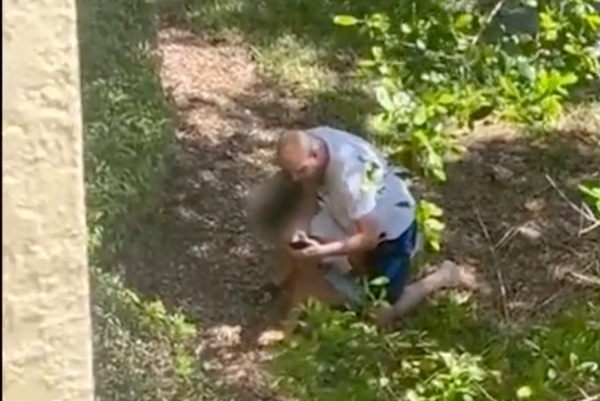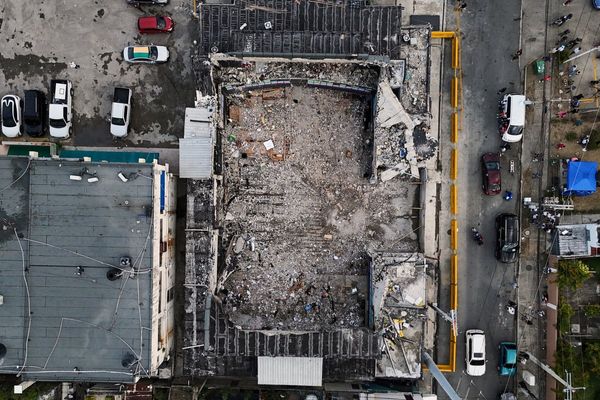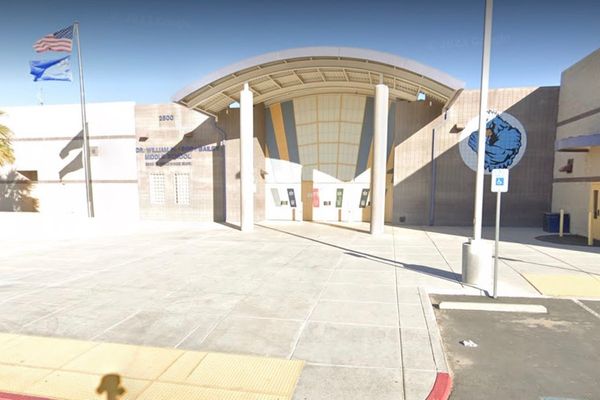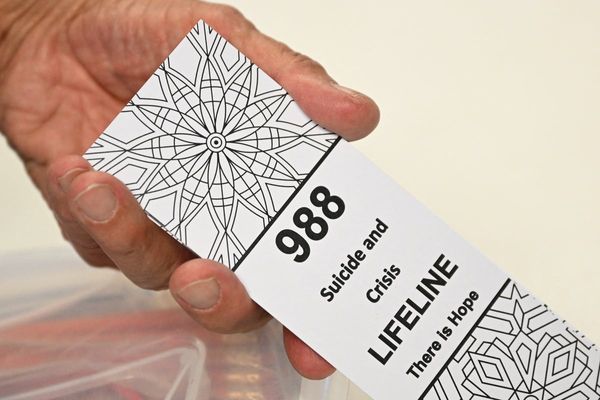
Three or four?
Precedent has gone out of the window. Gareth Southgate has always been a cautious manager, someone who drew up his blueprints and stuck to them – and then came this tournament. Having failed to identify a partner for Declan Rice at the back of midfield, he has chopped and changed; that, allied to the lack of left-footed full-backs, led to the switch to a back three against Switzerland. Luke Shaw was fit enough to play the final 12 minutes plus extra time of that game so it may be he can start and offer natural width on the left. Even if he does, given the greater fluency of England in the first half of the quarter-final, it seems likely the back three will be retained. That then means either Kieran Trippier as right wing-back with Bukayo Saka moved into the forward line and, probably, Phil Foden missing out; or, more likely, Saka remaining at wing-back and Trippier standing down. Trippier, though, is one of England’s more vocal organisers and, with no Harry Maguire or Jordan Henderson, that may be a quality Southgate is reluctant to lose.
The Dumfries protocol
England’s left-side issue intersects with one of the most striking aspects of how the Netherlands play: the way Denzel Dumfries advances from right-back to create attacking overloads. Out of possession Koeman’s side play a back four but in possession Dumfries pushes up and the rest of the defence shuffle over to form a back three, with the familiar trapezoid shape to guard against the counter created by Tijjani Reijnders and Jerdy Schouten. That means whoever starts on the right wing tucks inside to create a sort of 3-2-4-1 shape. It would be fair to say that Xavi Simons has looked rather more comfortable doing that than Steven Bergwijn, who has been withdrawn at half-time in both knockout rounds, once for Donyell Malen and once for Wout Weghorst. That’s probably an argument for England to stick with the back three, allowing the left wing-back, whether Shaw or Trippier, to engage with Dumfries as high as possible, while Jude Bellingham, as the left of the two inside-forwards, tries to exploit the space behind him.
The Gakpo gamble
While Dumfries offers width on one side, on the other it comes from Cody Gakpo. It has been noticeable how often the two link up, one crossing for the other arriving at the back post, which was what brought the winner against Turkey in the quarter-final, even if it was Mert Muldur who ended up putting the ball over the line. But the Netherlands also look to hit Gakpo early with long passes, or to have Simons slip him behind the backline; it was Simons’ rapid pass in transition against Romania that allowed Gakpo to run at the isolated right-back Andrei Ratiu and score the opener in the last-16 tie. Gakpo tends to remain high up the field to offer that outlet, but there is a risk, which is that it could give Saka, assuming that he is used as England’s right wing-back, the opportunity to run at Nathan Aké, the Netherlands left- back. In countering Gakpo, Kyle Walker’s pace in recovery could be crucial.
The midfield possibility
There has been a sense of the Netherlands improving as the tournament has gone on but that is perhaps only natural given how their preparations were hammered by injury. With Teun Koopmeiners and Mats Wieffer already missing, Frenkie de Jong was ruled out a week before the Euros – which will come as some relief to England given how he masterminded the Dutch victory over them in their Nations League semi-final five years ago. Koeman’s initial solution was to field the PSV pairing of Joey Veerman and Schouten. They were pulled apart by Austria, though, so much so that Veerman was withdrawn in tears before half-time.
Schouten is a ball-winner, a lubricator of possession – he is yet to be dispossessed at the tournament – rather than someone who is really going to hurt the opposition, so there was need of someone more incisive alongside him. Koeman found him in Reijnders who, having looked a slightly heavy-footed No 10 in the group stage, has flowered into a vital figure after being pulled deeper, with Simons taking up his No 10 role. He is adept at carrying the ball – only Aurélien Tchouaméni and Toni Kroos have carried it further in this tournament – and is not intimidated by an opposition press. But Turkey, before they ran out of steam in the second half, showed in the quarter-final how the Dutch double pivot can be overwhelmed. A compact shape can overcome that, or it may be that Aké has to step into midfield – as the outside centre-backs did for Switzerland in the second half of the quarter-final. That, though, could create opportunities for Saka and Foden.
The Kane question
Harry Kane has been nowhere near his best at this tournament, apparently still struggling with the back injury that affected him towards the end of the Bundesliga season. Might Ollie Watkins start in order to try, with his natural inclination to pull left, to drag Stefan de Vrij into that space behind Dumfries? Is there an argument to go with Ivan Toney given his aggression and imagination? Almost certainly it will still be Kane, who has, after all, scored twice in the past four games and had the fifth-most shots in the tournament despite his apparent detachment. And at least Southgate against Switzerland was, eventually, prepared to take him off to unleash the less predictable talents of Toney.







